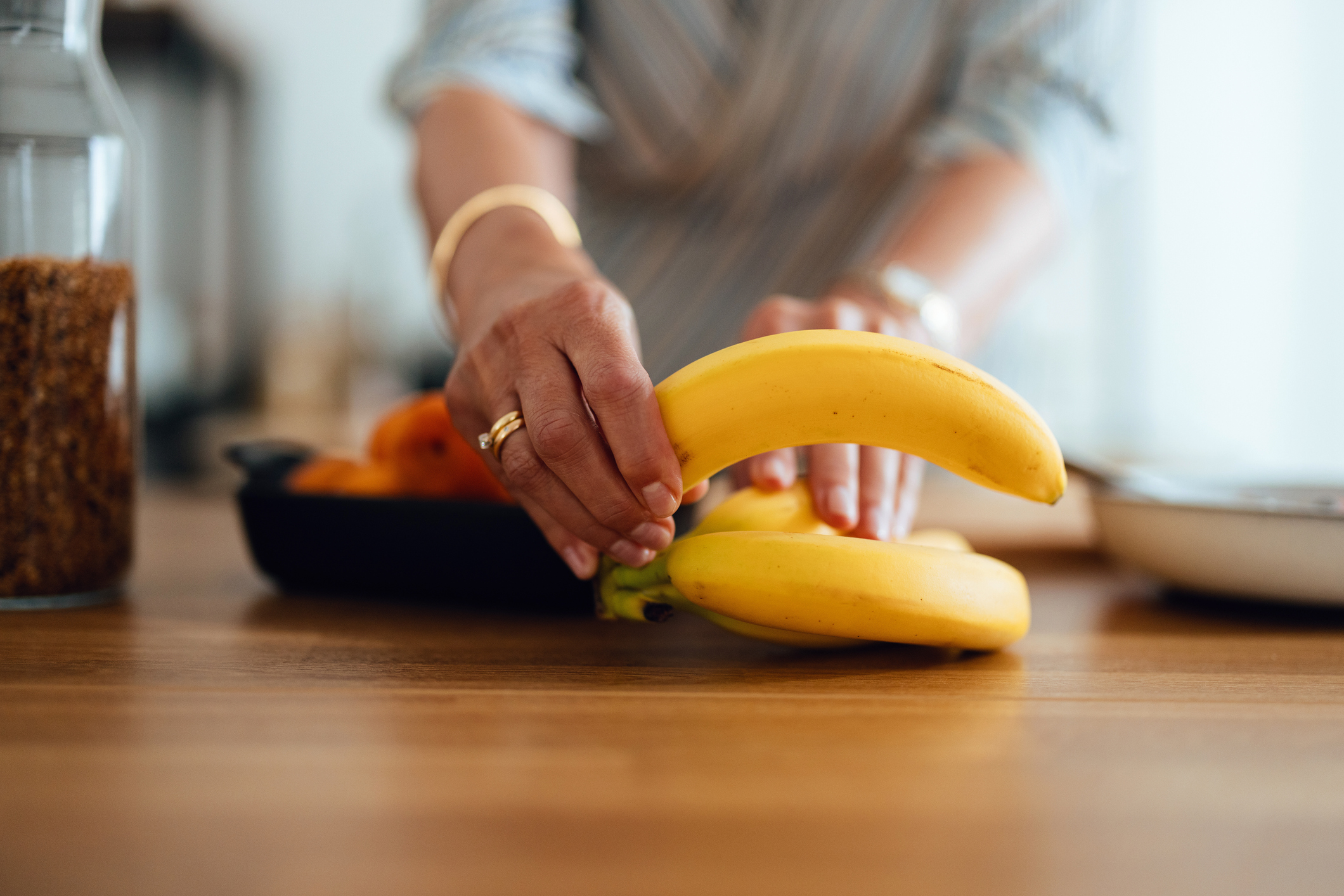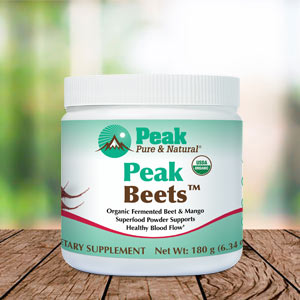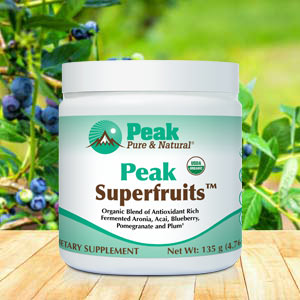Get Easy Health Digest™ in your inbox and don’t miss a thing when you subscribe today. Plus, get the free bonus report, Mother Nature’s Tips, Tricks and Remedies for Cholesterol, Blood Pressure & Blood Sugar as my way of saying welcome to the community!
When eating a banana is a bad idea

Starting your day with a smoothie can be a great way to boost the health of your heart and your brain.
After all, the flavanols found in fruits and vegetables have been found to reduce the risk of Alzheimer’s disease by almost 50 percent.
And thanks to their power to lower blood pressure and protect the heart and blood vessels, the Academy of Nutrition and Dietetics has even issued a dietary recommendation, advising people to consume 400 to 600 milligrams of flavanols daily.
But before you start tossing fruit into the blender willy-nilly, there’s something you should be aware of…
One popular fruit could actually block your flavonol absorption and keep you from enjoying all of the amazing flavanol benefits you get from foods like berries.
Bananas and flavonol-rich fruits don’t mix
That fruit that you should just say no to when it comes to your breakfast smoothie is none other than the banana — which tops the list of most popular fruits for most Americans.
That’s because according to researchers from the University of California, bananas contain an enzyme that has a significant impact on the amount of flavanols available to the body.
Known as polyphenol oxidase, or PPO, this enzyme is the same one that’s responsible for the browning that occurs when a banana is exposed to air, cut or bruised.
And those researchers set out to see just how badly PPO affected flavanol availability.
To do so, the scientists asked participants to take a capsule packed with flavonols and then drink a smoothie made with banana, versus one made with mixed berries, which have naturally low PPO activity.
They then took blood and urine samples to measure the amount of flavanols in the body.
And sure enough, bananas and the PPO they bring with them were a big problem…
The researchers found that those who drank the banana smoothie had an incredible 84 percent lower flavanol level than those who enjoyed the berry smoothie.
“We were really surprised to see how quickly adding a single banana decreased the level of flavanols in the smoothie and the levels of flavanol absorbed in the body,” lead researcher, Javier Ottaviani, said.
A better way to formulate your smoothies
This means that if you’ve been adding bananas to your daily smoothie, you’ve been missing out on the flavanol power that should have been going to work for your health.
So, what do the researchers recommend?
Instead of bananas, the team says to stick with flavanol-rich fruits like berries, apples, pears and grapes along with other ingredients that also have a low PPO activity like pineapple, oranges, mango, cocoa or yogurt.
That way there’s nothing to block those flavonols from doing good.
However, if you’re truly craving the taste of bananas for breakfast, they say you can still use them in smoothies, just put them with other high PPO activity fruits and veggies such as beet greens.
Bananas are a great source of potassium, so you shouldn’t ditch them. And there’s also good reason to eat them on the green side.
And for tips on getting the most from your green smoothies, check this out.
Editor’s note: Did you know that when you take your body from acid to alkaline you can boost your energy, lose weight, soothe digestion, avoid illness and achieve wellness? Click here to discover The Alkaline Secret to Ultimate Vitality and revive your life today!
Sources:
The right combo: Getting the most health benefits from fruit smoothies – EurekAlert!














